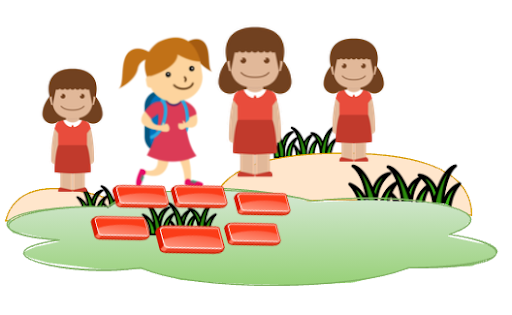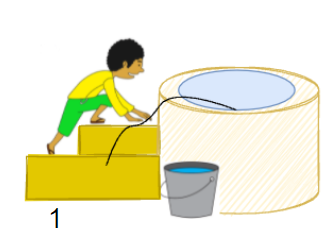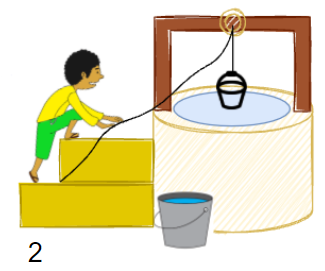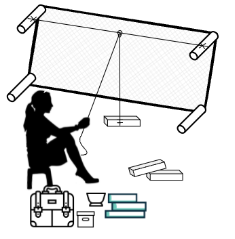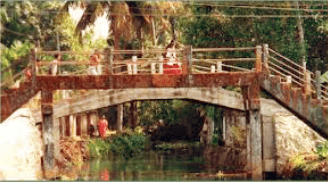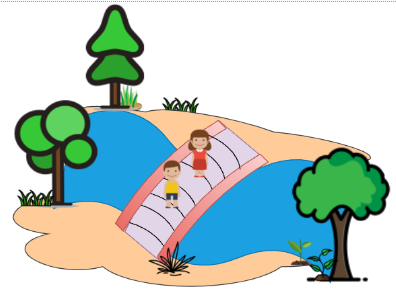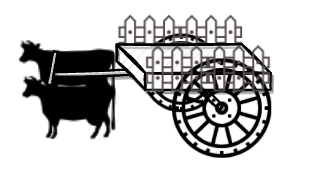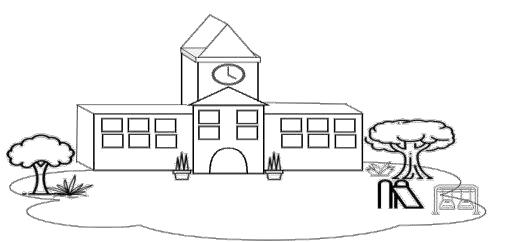Class 4 EVS Chapter 1 Going to School Questions and Answers - FREE PDF Download
FAQs on NCERT Solutions for Class 4 Evs Chapter 1 Going To School
1. What topics are covered in NCERT Solutions for EVS Class 4 Chapter 1- Going To School?
NCERT EVS Class 4 Chapter 1 PDF covers various modes of transportation, such as buses, bicycles, and boats. It explores their roles, benefits, and impacts on daily life and the environment.
2. What are Some of the Modes of Transportation Used By Students To Go To School?
There is a multitude of ways a student can reach their educational institutions. There are a variety of possibilities and ways students have come up with and managed to receive a formal education.
In rural areas, there is the use of bullock carts, horse carriages and tractors.
In the suburbs, a student can use bridges to cross over rivers, lakes, forests, mountains, hills, valleys and so on.
In urban areas, a student can travel by car, bus, taxi, autorickshaw and trains.
3. What is Jugad?
Jugad is a term that refers to something that is made to serve a specific purpose temporarily. Jugad is a mode of transportation primarily used in Gujrat that makes use of waste items. It is made by joining different parts of various vehicles. For example, a motorcycle's front end is linked to wooden planks that are used to make it seem like a carriage at the back. For complete solutions of Class 4 EVS Chapter 1, visit Vedantu app and the website (vedantu.com).
4. How is this bridge different from a bamboo bridge?
The bridge in the given picture is a lot different from a bamboo bridge. This is because this bridge is made up of cement and iron, whereas the bamboo bridge, as the name suggests, is made up of bamboo. The bridge is stronger as compared to the bamboo bridge and one can easily walk upon it as opposed to the bamboo bridge. Also, more people can walk upon the bridge at a time.
5. How many people do you think can cross the bridge at one time?
About thirty to forty people can cross the bridge at a time. This is because the bridge is made up of cement and iron and hence, it is stronger. Also, the bridge is wider and has enough space to accommodate the given number of people as opposed to the bamboo bridge where only two to three people can cross the bridge at a time. This is mainly because bamboo tends to be less strong than materials like iron and cement. Therefore, to ensure maximum safety, only a few people can cross the bamboo bridge at a time.
6. Where do you see the use of pulleys?
Pulleys are used in areas where things need to be pulled or lifted. They are used in various walks of life and are extremely useful. They are used in wells to pull up water using a bucket, they are used in cranes to lift heavyweight and they are used in construction sites to lift various building materials. They can also be used to hoist up flags and banners.
7. Why are NCERT Solutions necessary for Class 4 EVS Chapter 1?
Topic-by-topic solutions with brief summaries, simplified visuals, and full answers are offered in the NCERT Solutions free of cost. The simplified answers make it simple to comprehend and provide a fantastic learning experience for convenient exam revision. The content provides a structured overview of the chapter for improved understanding. Therefore, visit Vedantu for a comprehensive approach.
8. How can Class 4 EVS Chapter 1 Question Answer help students understand transportation better?
Class 4 EVS Chapter 1 Going To School Question Answer provides clear explanations, examples, and activities that help students understand the importance of different transportation modes and their contributions to daily routines and societal functioning.
9. What did the girls use to ride on the roads to reach school?
In Chapter 1 of Class 4 EVS, the girls used bicycles to ride on the roads to reach school. This mode of transportation is highlighted as a practical and commonly used means for commuting to school in the context of the chapter.
10. Why do we need bridges?
Bridges are essential because they provide safe passage over obstacles like rivers, valleys, or roads. They connect separated areas, facilitating the smooth transportation of people, goods, and vehicles. Bridges also improve accessibility, reduce travel time, and enhance economic activities by linking communities and regions. Additionally, they ensure safety by preventing accidents and allowing for efficient movement across different terrains and bodies of water.

















